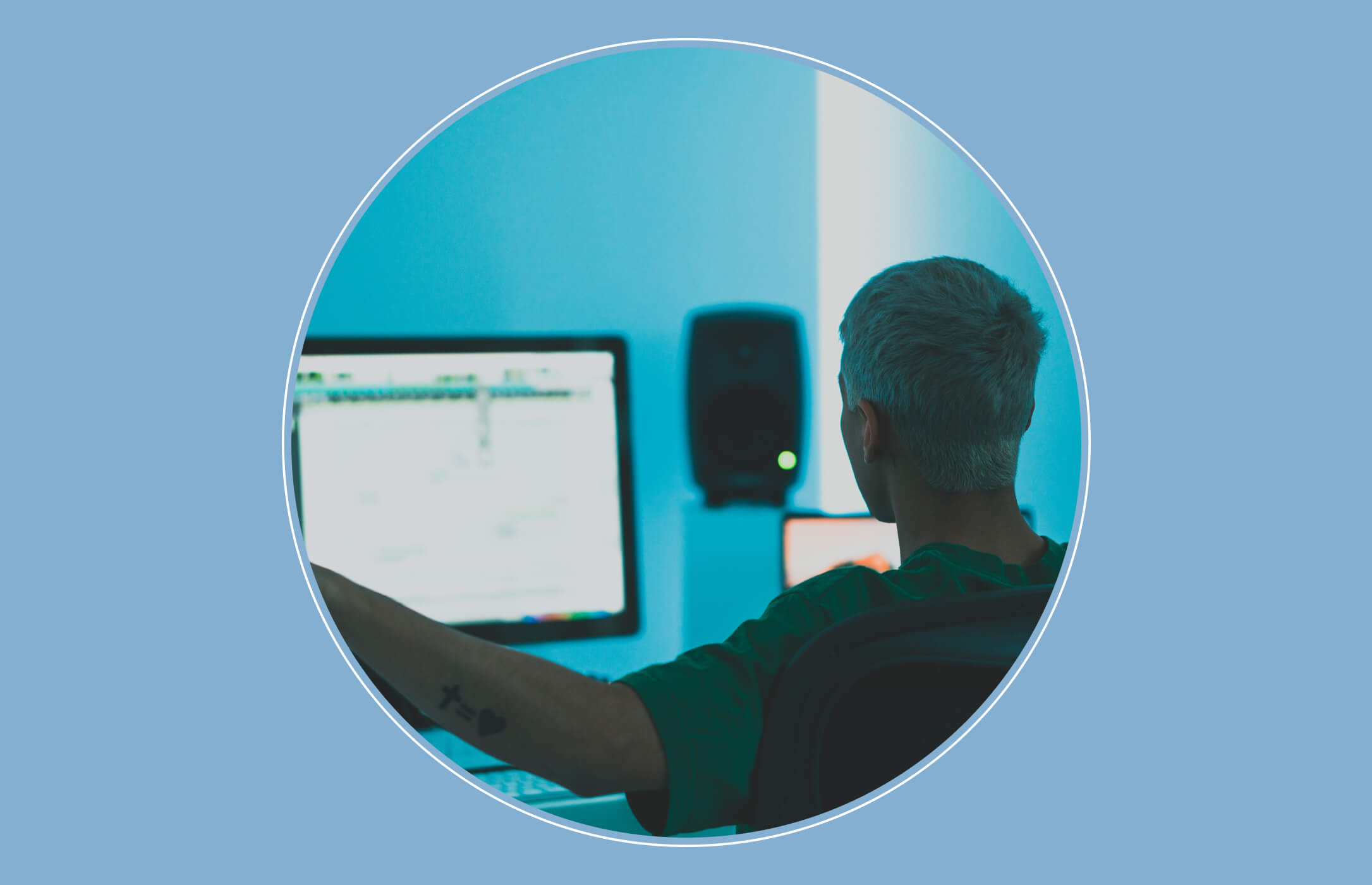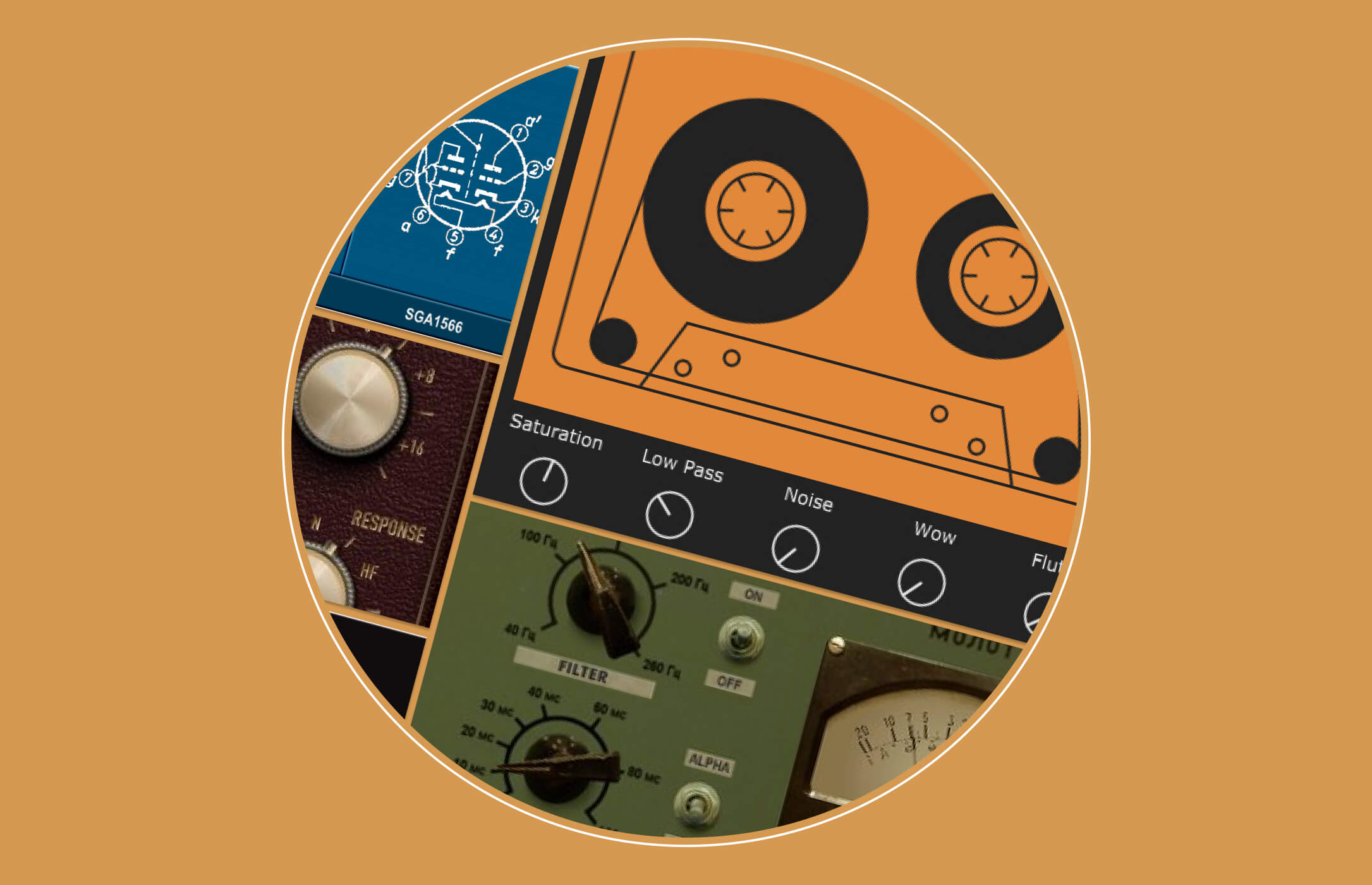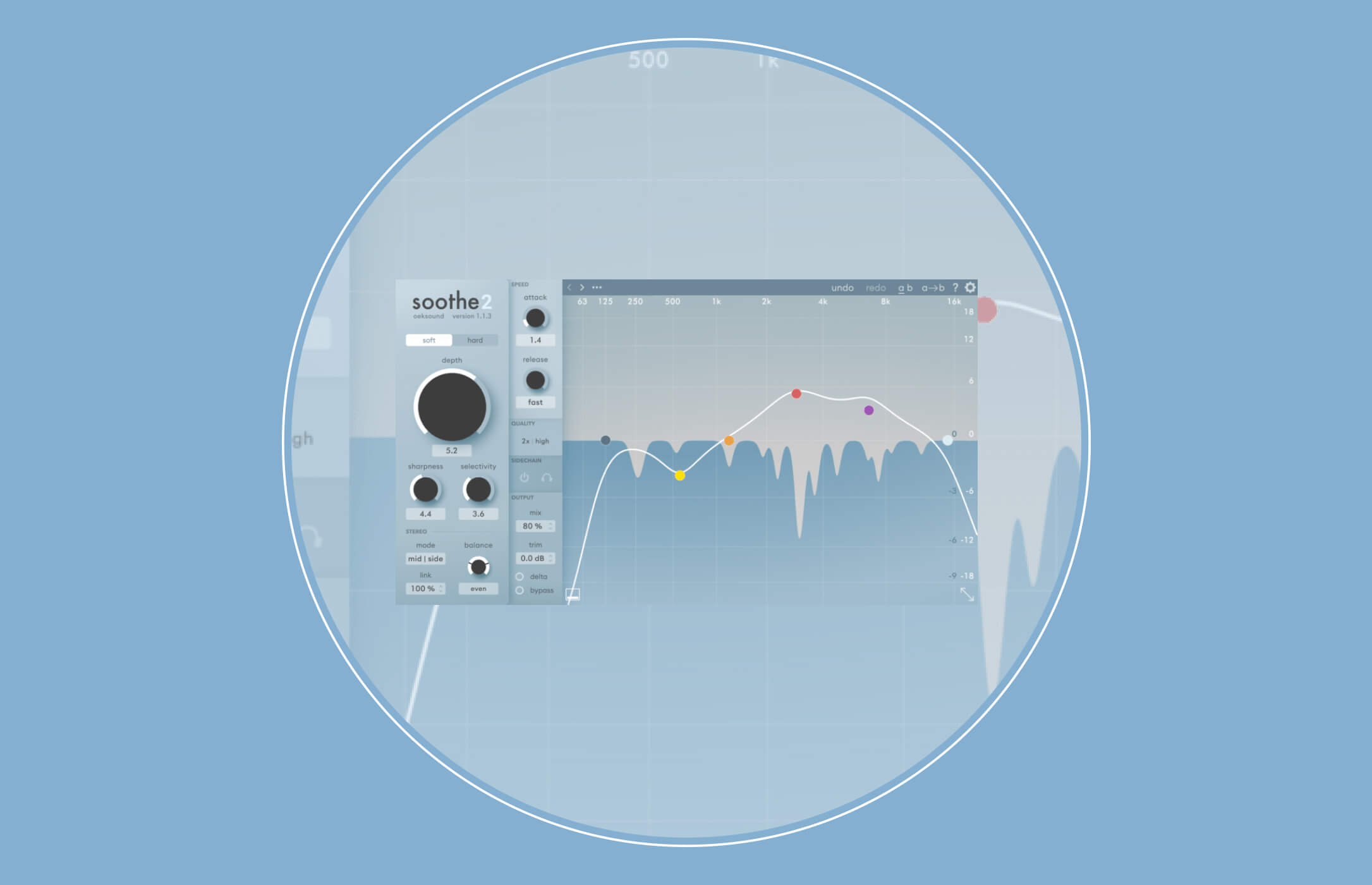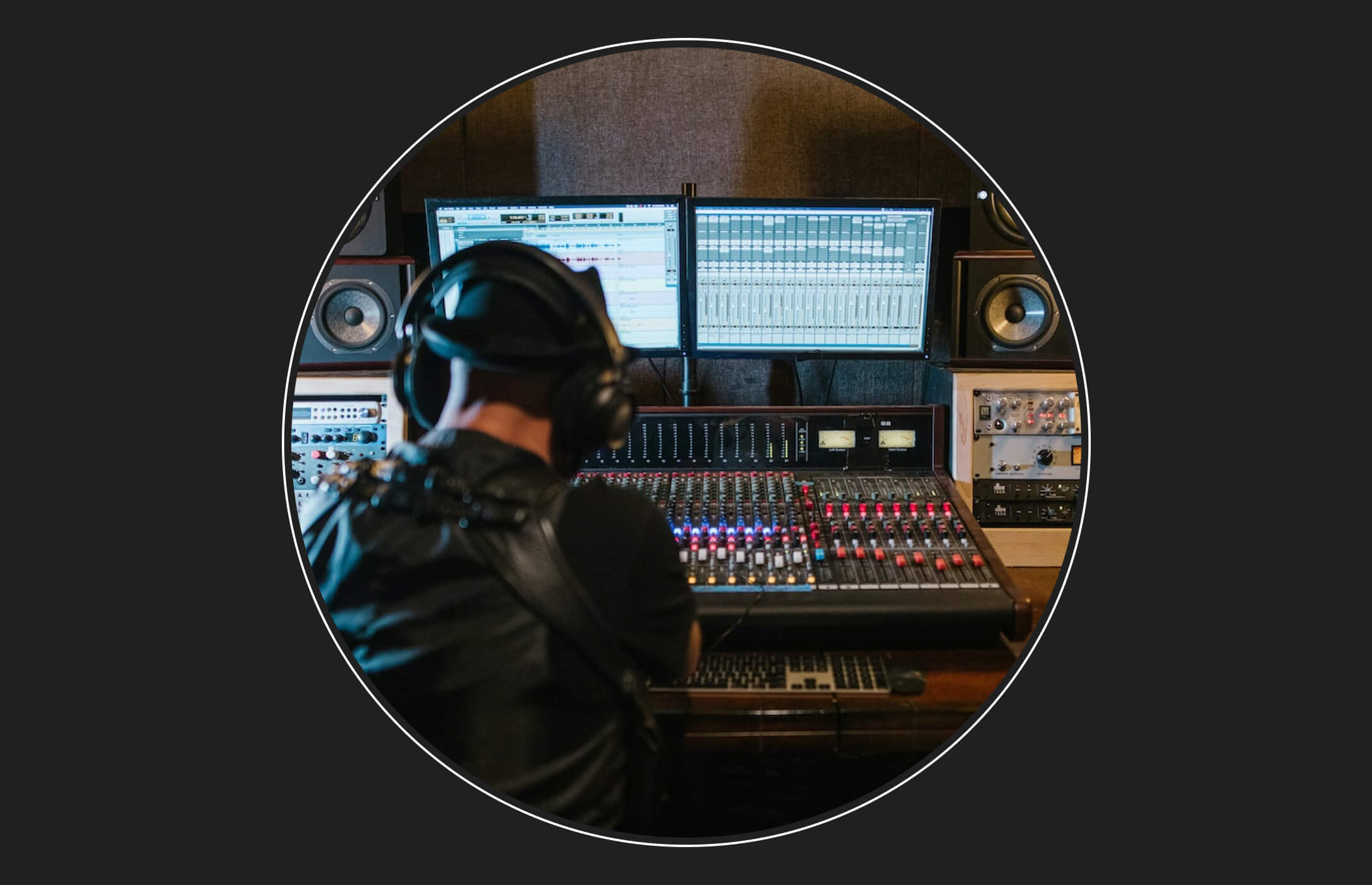10 Best Reverb Plugins in 2021
Intro
Before we get into the best reverb plugins on the market, let’s talk about why we should care in the first place. When you first start making music, you probably may have a hard time understanding why you should buy more reverbs. Why would you buy more reverbs when your DAW already has them?
There are several types of reverbs, each with a different character and suiting different purposes. After reading this article, you’ll have a much better understanding of the various forms of reverbs, when to use them, and which reverb plugins are the best on the market.
Prior to the invention of techniques to simulate reverb, there was only one way to get reverb on your tracks: record them in a room with the desired room characteristics. Phil Spectre, best known for his “wall of sound,” pioneered the use of space by recording various elements of his song in different studios to achieve different sizes and tones in the recordings.
We came up with a lot of ways to incorporate reverb without having to use huge spaces as our audio gear became more sophisticated. This became the model for many modern-day reverb plugins.
Types of Reverb plugins
We’ll go through the five different forms of reverb in this section, as well as the differences between the two broad categories of reverb, convolution and algorithmic reverbs.
Room Reverbs
The reverberation of a space, plain and simple. The majority of room reverbs are simulations of studio rooms created for the purpose of producing a particular sound. The main goal of a room reverb is to give one or all of the elements in your mix a common space. Consider it a coherent adhesive that binds sounds together in a physical space.
Hall Reverbs
Hall reverbs have a tall, smooth, and spacious sound to them. They are the reverberations of a wide area, such as concert halls, cathedrals, or concert venues. Big, flowing reverbs tend to drive a sound further back in the mix.
Chamber Reverbs
Chamber reverbs were created to make reverb more available without the need for large spaces. They were essentially a small side-room or chamber with a lot of angles and highly reflective surfaces (hence the name).
The engineer would play the audio through a speaker into the office, which would then be captured with mics in the room. This provided them with a “wet” reverb signal, which they could then blend into the original signal.
Since chambers are essentially a small space that has been digitally made to have more reflections, they feel denser and thicker than other reverbs.
Plate Reverbs
Plates increased the accessibility of reverb. The audio signal will be routed through a metallic plate, with the plate’s vibrations being captured.
The reverb’s timbre would be heavily influenced by the plate material, but plate reverbs are known for their bright and smooth tone. Plate reverbs are ideal for elements near the front of the mix because of their lighter sound.
Spring Reverbs
A spring reverb is similar to a plate reverb, except we’re moving a spring instead of vibrating a plate. The plate idea could be miniaturized so more surface could be packed into a smaller space and springs could move more freely.
Spring reverbs, as opposed to smoother reflections, sound like a lot of echos close together. Spring reverbs are often used on guitars and are a hallmark of classic rock tone.
Two broad categories of reverb
Algorithmic Reverbs
Algorithmic reverbs are reverbs created digitally using an algorithm, with the goal of emulating one of the reverb forms mentioned previously.
Convolution Reverbs
Convolution reverbs use recordings of real-life spaces (known as impulse responses, or simply IR) to replicate how the space sounds. Since they are based on actual naturally occurring reverbs, these reverbs may produce very realistic sounding reverbs.
Why Do I Need So Many Reverb Plugins?
The simple and straightforward response is that you don’t. With only one reverb, you can totally make a killer mix. Understanding the various characteristics of different reverbs, on the other hand, will help you improve your mixes significantly.
As with any talent, the more you learn about the aspects of producing and mixing, the more those details can inform your decision-making and help you become a better producer. It’s all about the details. Some reverbs, such as halls, make a sound feel like it’s in a room and force it further back in the mix, while plate reverbs are so bright that they can push elements to the front.
Let’s take a closer look at some of our favorite reverb plugins now that we’ve covered the various forms of reverbs and why having multiple reverb plugins is beneficial.
Here are what we think are the 10 best reverb plugins in 2021
1. Altiverb
Room reverbs, guitars, drums, and cool effects are all recommended.

Altiverb is a reverb that uses convolution. Convolution reverbs give your recording the reverb characteristics of a real-world location. Convolution reverbs would enable you to hear how your vocals will sound if they were recorded in the Taj Mahal. And Altiverb is a fantastic choice. This plugin is jam-packed with a lot of fantastic space reverbs. Altiverb has you protected whether you like the feel of a pristine studio or a raucous stadium.
It sounds great on drums and acoustic guitar, but I prefer it on drums and acoustic guitar. There are a plethora of presets available, many of which sound stunningly natural. You may also direct the sound to a specific location in the room. With this plugin, creating a 3D stereo image is a breeze.
It’s also excellent for strange effects. They’ve captured the reverb of a variety of unusual rooms. But, if you want to know how the guitar will sound in Alcatraz, Altiverb can help you out. Altiverb is not inexpensive, costing over $550 for the basic version. If you’re new to convolution reverb, start with a less expensive choice.
Altiverb, on the other hand, is extremely high quality if you’re already a convolution reverb pro.
2. iZotope – PhoenixVerb Stereo
And if you’re new to music processing plugins, you’ve already heard of iZotope. iZotope is an audio tech company that creates some of the most exclusive and powerful VST plugins on the market.

Their PhoenixVerb Stereo reverb plugin is included in the Exponential Audio reverb kit, and it is easily the best-sounding of the bunch. This plugin focuses on making smooth, expansive, genuine reverb effects with a lovely degree of depth and clarity from a sonic standpoint. There are certainly better choices out there if you want to make more retro, grainy reverbs.
With over 900 presets, PhoenixVerb Stereo is a great plugin for both novice and experienced producers looking for fast inspiration.
iZotope’s plugins, like those of most other major audio plugin providers, can be quite pricey. Despite its strong and crazy sound quality, PhoenixVerb Stereo is priced in the mid-range. In all seriousness, I believe this is the best reverb plugin available at this price point.
3. Relab LX480 Complete
The 480 has been the benchmark against which all other reverb processors have been evaluated for decades.
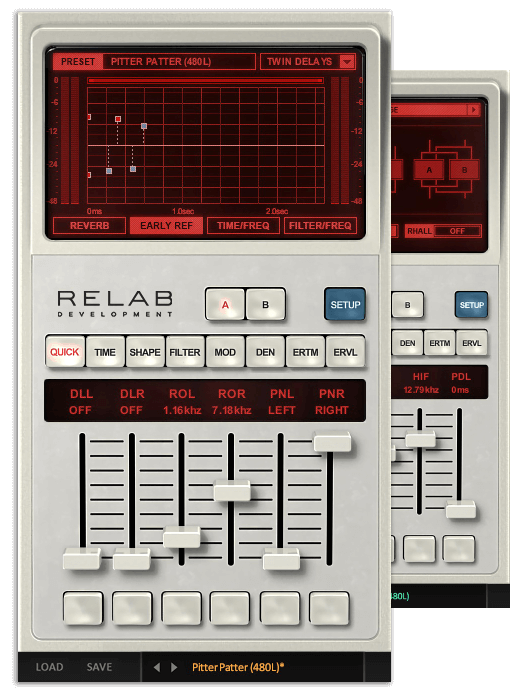
Ask any pro and they’ll tell you that the 480 is generally regarded as one of the best-sounding reverbs ever made.
Nothing compares to the “480 sound,” which is distinct, smooth, and rich. Learn more about Relab LX480 Complete
4. Audiority – Polaris
Polaris is a one-of-a-kind delay VST plugin with some insane reflection and echo effects.

Early echoes, diffusion, and echo modules are concealed within the GUI, so the engine is jam-packed with functionality (the 3 magnifying glasses: see above). A single multitap delay line in Polaris can also provide echo, ambience, and reverb.
This delay plugin was influenced by early hardware digital reverbs from the late 1970s, and as a result, the reverb quality is often artificial and grainy. Whether or not this is a positive idea depends solely on the reverb effects you choose to achieve. If you want to make a strange, spatial reverb tail or roaring, old-school effects, this plugin will take care of it with ease. I wouldn’t waste my time if you’re hunting for a smooth, subtle, and classy vocal reverb.
Polaris is also incredibly cheap, which is surprising considering the plugin’s simplicity and unique efficiency.
5. Eventide – Blackhole Reverb
The majority of reverb plugins are made to produce transparent, natural plate or room reverbs, prioritizing clarity and authenticity above all else. Blackhole Reverb, on the other hand, seems to desire the very reverse. This strange reverb plugin is made to produce abstract, spatial reverb effects that are almost impossible to achieve with a regular reverb plugin.
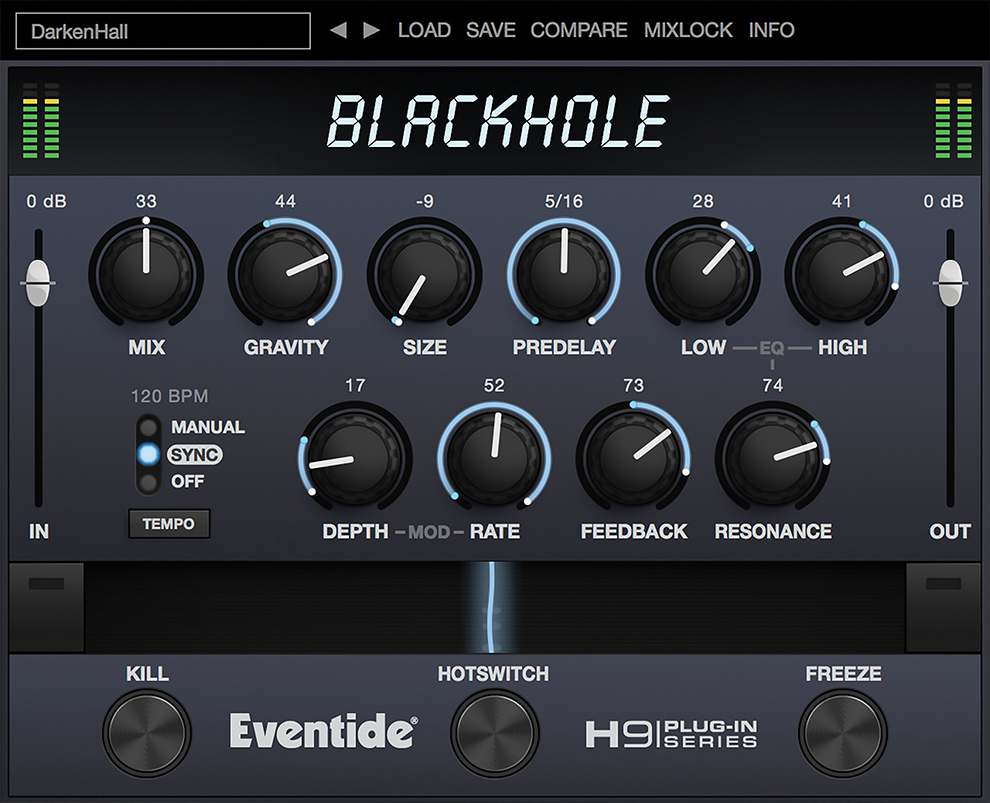
The Gravity knob in Blackhole Reverb appears to be the inverse of decay time, while also flipping the reverb algorithm from a normal reverb in one half to a reverse-envelope style in the other.
The plugin engine is incredibly intuitive and simple to use, helping you to quickly turn every sound into a massive, cosmic, changing landscape. The sonic possibilities here seem almost endless, and I’ve had the most fun using this plugin to make FX from simple sounds like guitar and piano.
This plugin isn’t the cheapest on the market, but if you’re looking for atmospheric reverb tails, it should certainly be on your radar.
6. Valhalla Room
ValhallaRoom is a robust stereo algorithmic reverb for a wide range of uses.

It has twelve exclusive reverberation algorithms (including the latest Dark reverb modes, Nostromo, Narcissus, Sulaco, and LV-426) and generates a full variety of natural reverberation sounds. Sounds vary from intimate spaces and ambiences to conventional hall and plate sounds and large modulated spaces. Any of the “classic” room simulation boxes, as well as state-of-the-art modern theory, inspired the algorithm designs.
ValhallaRoom was created with psychoacoustic considerations in mind. Room produces early and late acoustic energy that provides the spatial and phase cues required to produce an ‘idealized’ room impression, rather than producing a simplistic physical model of a simplified physical environment.
7. Valhalla VintageVerb
Valhalla VintageVerb is a postmodern reverb plugin influenced by classic 1970s and 1980s hardware optical reverbs.
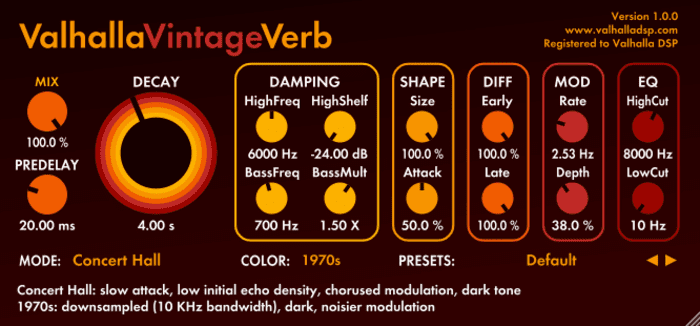
Each reverb era’s tone color and sonic artifacts are dialed in through the COLOR control. The color model from the 1970s is dim and chaotic, with the possibility of odd and random objects. The music of the 1980s is still funky, but it has a lighter tone to it. Right now, everything is so mechanical, sterile, and colorless. The colors of your GUI change as you progress through the eras.
8. UAD Pure Plates
The Pure Plate Reverb plug-in contains all of the important features of UA’s groundbreaking plate reverb emulation in a convenient, inexpensive box. Pure Plate Reverb gives the sources the warmth and texture that only plate reverb can offer by harnessing the musical, rich, organic sound of this classic influence.
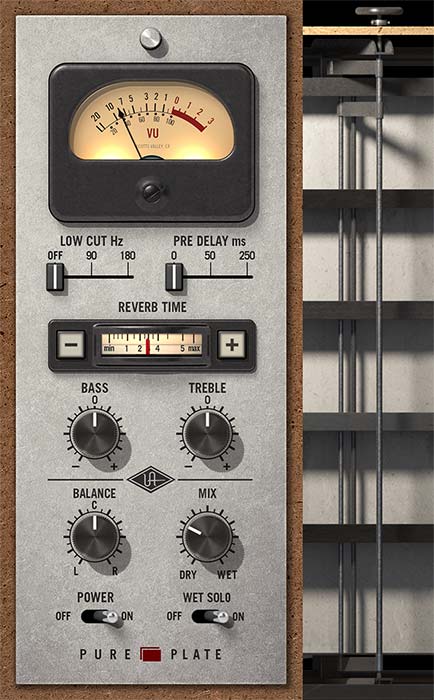
9. Soundtoys Little Plate
Soundtoys caught the beautiful sound and vibe of the original EMT 140 plate reverb and transformed it into a friendly and musically stimulating plug-in called “Little Plate“, inspired by the original EMT 140 plate reverb. And, also threw in a couple of fun twists that let you take Little Plate to places the original hardware could only think of.

10. FabFilter Pro-R
FabFilter Pro-R takes a musical approach to reverb, with user-friendly, non-technical controls including Brightness, Character, and Distance allowing you to get the reverb sound you want without needing a reverb science degree.
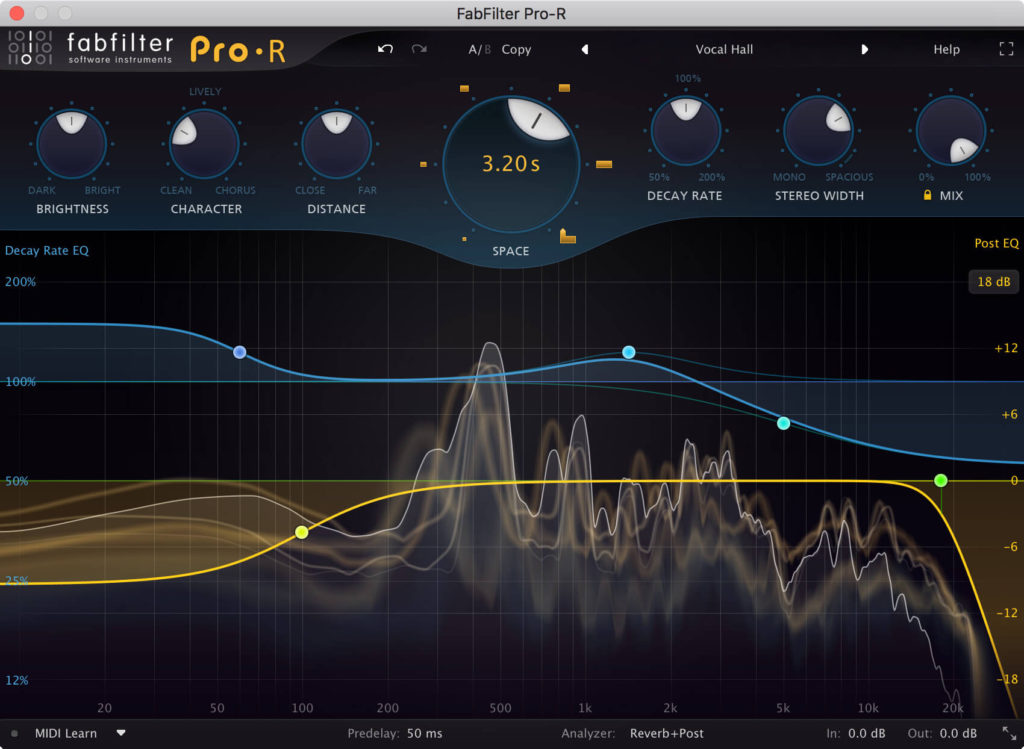
The stepless Space control allows you to fade between hundreds of distinct, finely tuned room models, with the decay time automatically selected for a natural tone.
One of the primary components of a room’s reverb character is its decay time, which ranges wildly across the frequency spectrum. To mimic this, FabFilter Pro-industry-first R’s Decay Rate EQ concept allows for absolutely free decay time change around the frequency spectrum.
It has much more versatility to form the decay time characteristics because it uses parametric EQ bands instead of a conventional crossover method. Designing reverbs of any theme or character has never been simpler thanks to the optimized 6-band Post-EQ.
